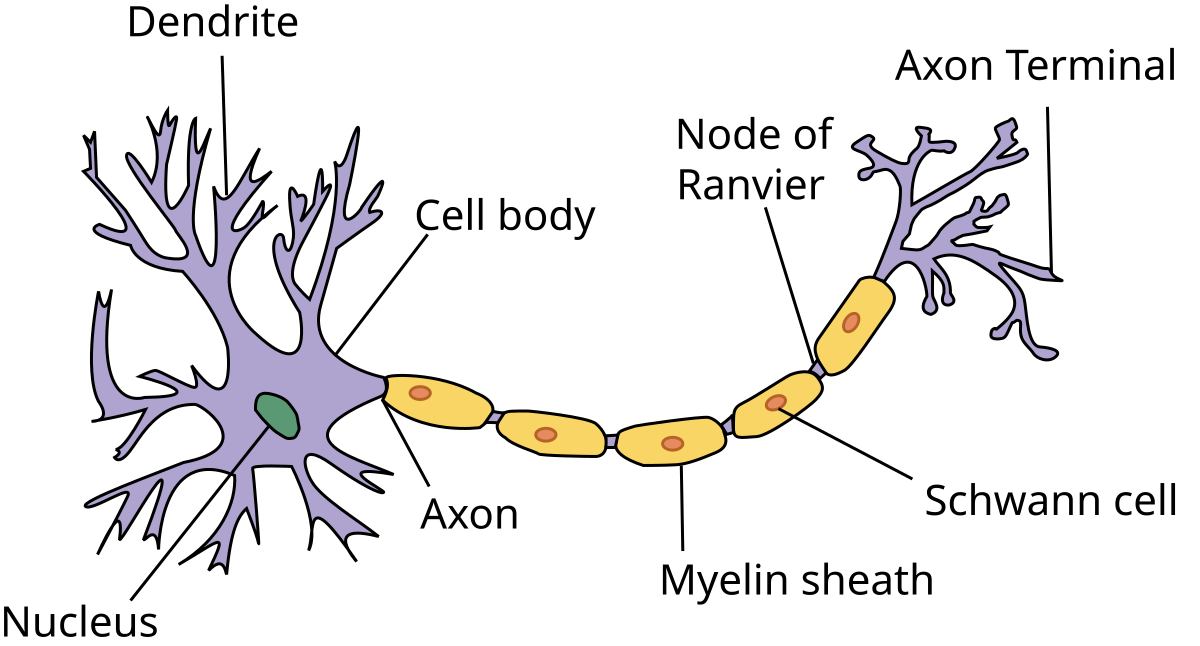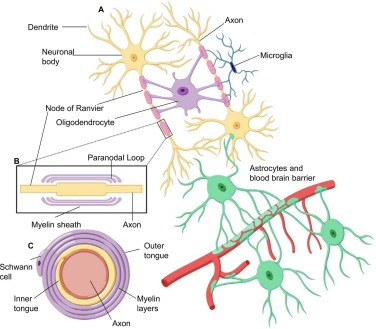Recent research reveals that marathon runners undergo transient myelin remodeling in response to prolonged physical exertion. These findings demonstrate that myelin - the lipid-rich insulating sheath surrounding neuronal axons - dynamically participates in cerebral energy metabolism during states of metabolic stress. The observed rapid myelin regeneration post-exercise suggests previously unrecognized plasticity in oligodendrocyte function. This adaptive mechanism, where myelin appears to serve as a temporary energy reservoir when glucose availability is limited, may offer novel therapeutic insights for demyelinating pathologies like multiple sclerosis. The robust regenerative capacity observed in athletes' myelin could inform new approaches to enhance remyelination in neurodegenerative conditions.

Prolonged endurance exercise triggers sequential energy substrate utilization in the human body. During marathon running, the body primarily relies on muscle glycogen stores initially, progressively shifting to lipid metabolism as carbohydrate reserves deplete. Notably, emerging evidence suggests the brain may employ a similar adaptive strategy. Myelin - the lipid-rich insulating sheath surrounding neuronal axons that facilitates rapid signal conduction - appears to serve as an auxiliary energy source under extreme metabolic demands. Rodent studies demonstrate that oligodendrocytes can catabolize myelin-derived lipids during sustained energy deficits, suggesting this evolutionarily conserved mechanism may help maintain cerebral metabolic homeostasis during prolonged physical stress.
Myelin: The Brain’s Hidden Fuel Reserve During Extreme Exercise

A groundbreaking study suggests that myelin—the fatty sheath insulating neurons—may serve as an emergency energy source when the brain’s primary nutrients are depleted during prolonged endurance exercise.
Key Findings:
- Researchers observed that myelin lipids are dynamically metabolized during extreme physical exertion, potentially compensating for energy deficits.
- "Myelin appears to act as a backup fuel when glucose and other nutrients run low," said Dr. Ramos-Cabrer, emphasizing the need for further studies in larger cohorts to confirm the relationship between intense exercise and myelin fluctuations.
- "This rewrites our understanding of brain energy metabolism—it’s far more adaptable than we realized," added Dr. Matute, highlighting the implications for neuroscience and sports physiology.
Why It Matters:
While most myelin remains unaffected, the discovery that the brain can 'burn' myelin under metabolic stress opens new avenues for research:
- Could this explain mental fatigue in endurance athletes?
- Does myelin recycling enhance or impair neural efficiency long-term?
- Could understanding this process aid in treating myelin disorders like multiple sclerosis?
Next Steps:
Scientists stress the need for follow-up studies to determine whether these temporary myelin changes impact cognition, reflexes, or recovery—and whether they could be harnessed therapeutically.

FAQs
1. Does endurance exercise "damage" myelin?
Not exactly. The study suggests myelin lipids are temporarily repurposed as energy during extreme metabolic stress, like marathon running. Most myelin remains intact, and early evidence indicates it regenerates post-exercise.
2. Could this explain "runner’s brain fog"?
Possibly. If myelin breakdown temporarily slows neural signaling, it might contribute to mental fatigue during prolonged exercise. However, this remains hypothetical until further studies confirm cognitive effects.
3. Is this similar to how muscles break down protein when starving?
Yes, conceptually. Both are emergency adaptations—muscles catabolize protein for amino acids, while the brain may metabolize myelin lipids for energy when glucose is scarce.
